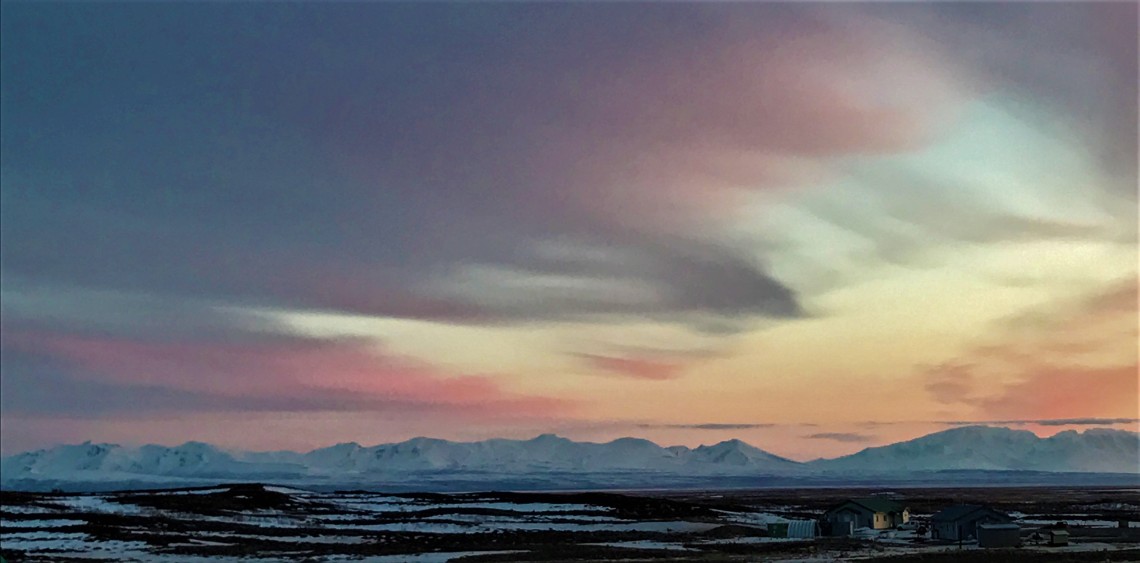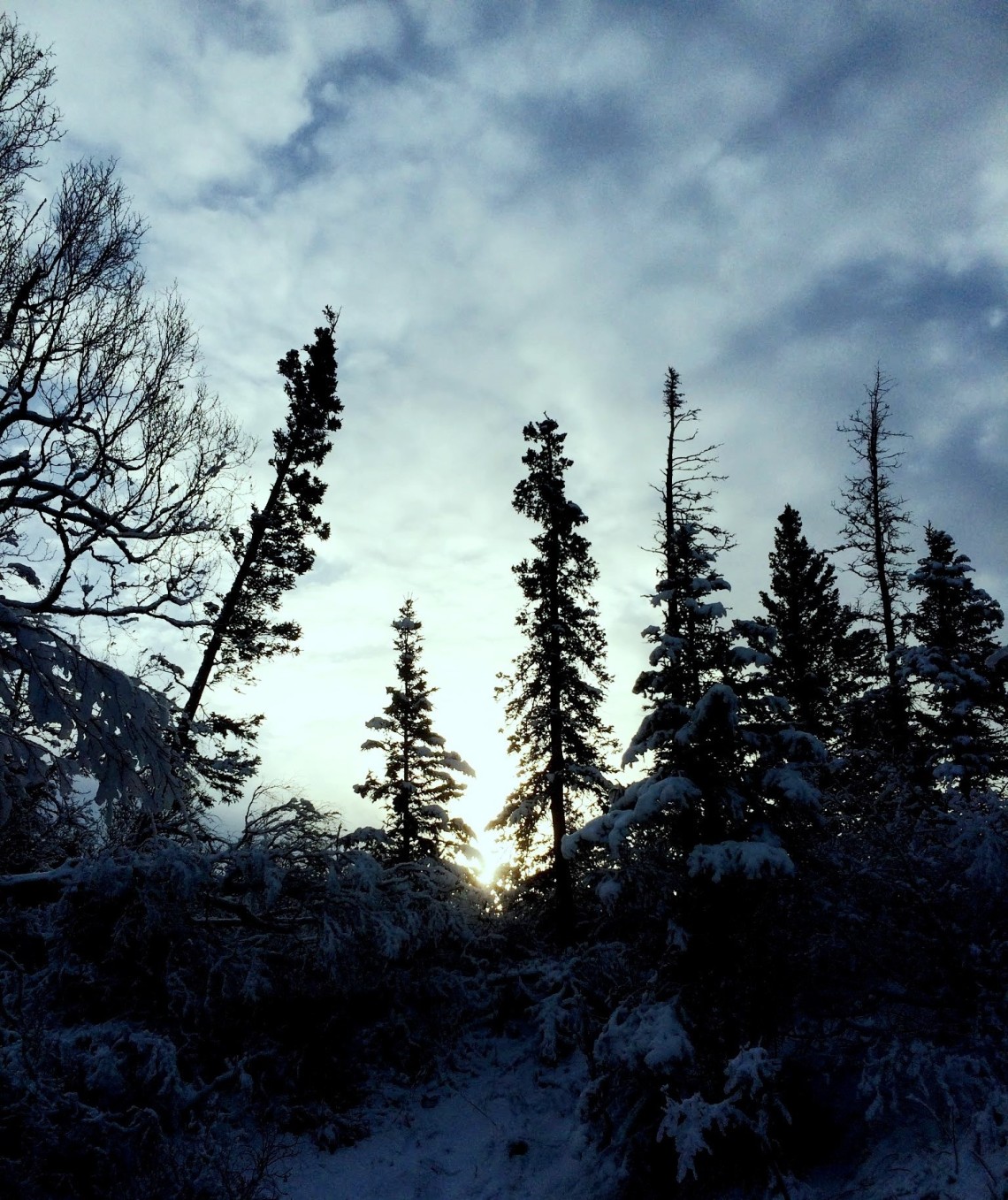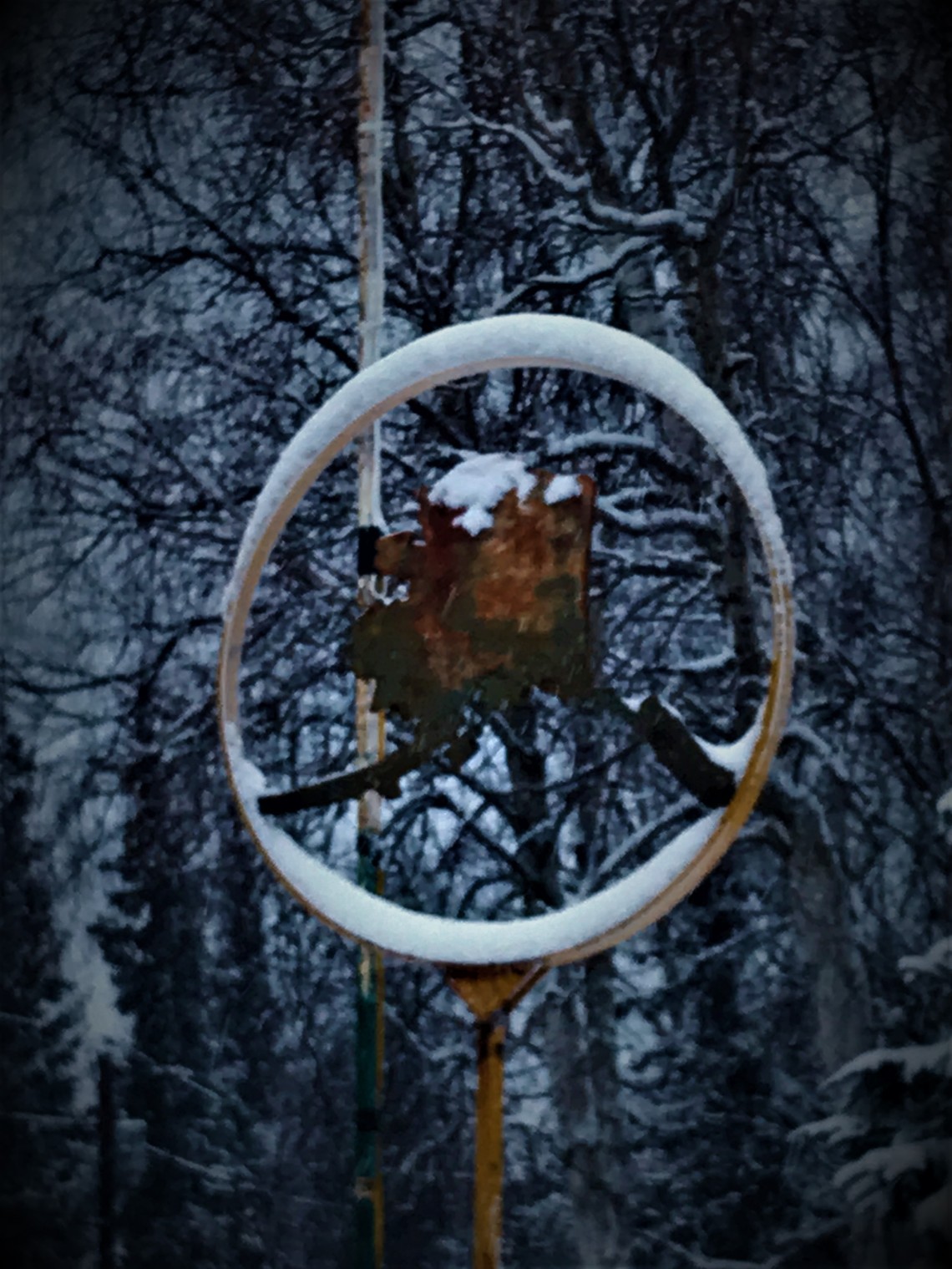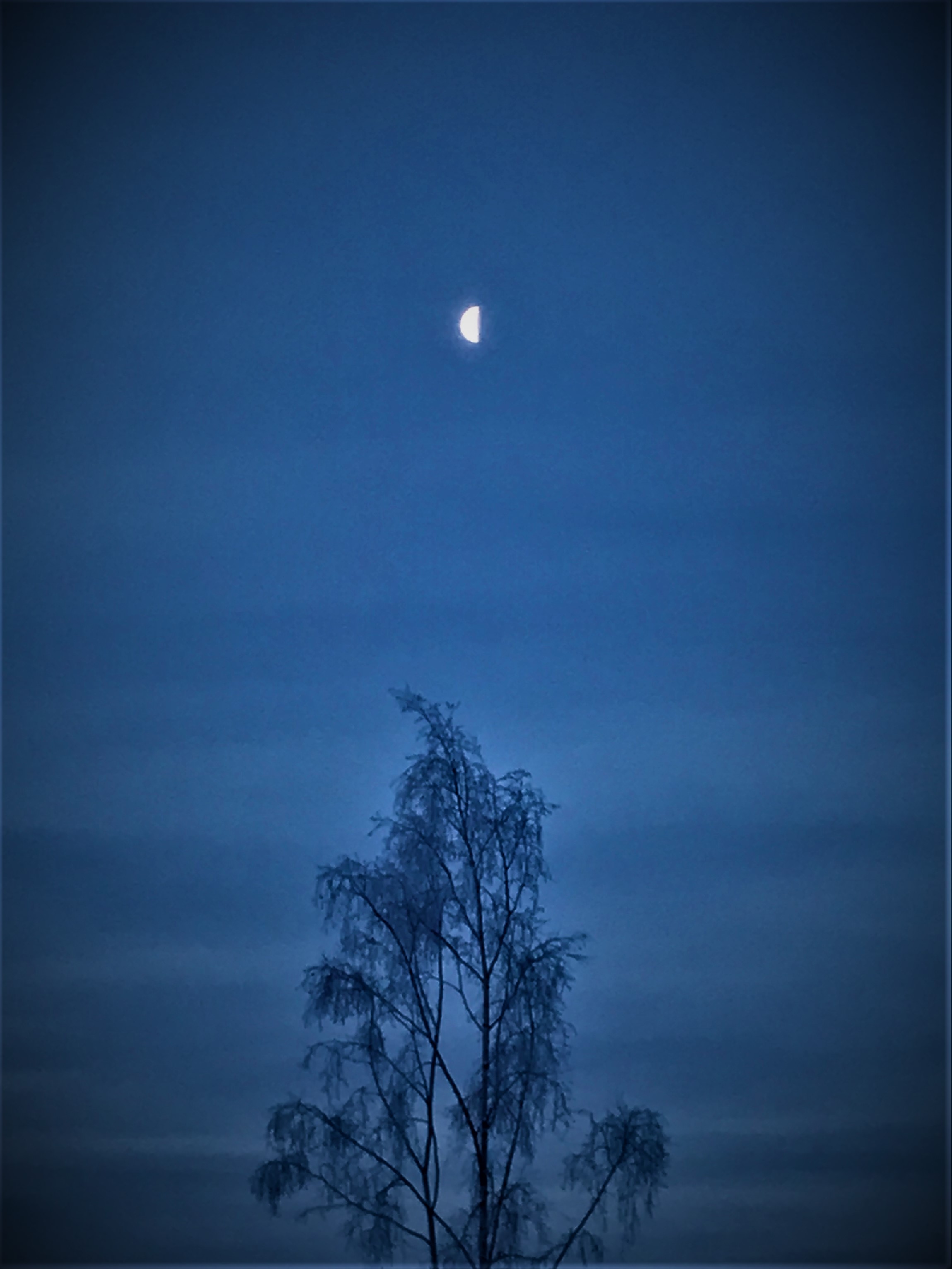Pre-Script:
Fantastical tales abound throughout Alaska. And much like the diverse majestic landscapes of the Great Land, its myths are equally singular and varied. Some are haunting, some humorous, others just plain uncanny.
Each region has its own twists on certain themes, but one in particular captured my attention immediately. This prevalent legend tells of a race of “Little People” clad in indigenous Alaskan garb and possessing supernatural strength and speed despite their size.
This race of magical beings supposedly lives underground or inside mountains and possesses control over natural forces. But that’s where the similarities cease. Everyone seems to have a different take on the Little People, as this lore has been consistently mentioned in nearly every arctic village I’ve been.
The Little People bear striking resemblance to other cultures’ tellings of fairies, dwarves, gnomes, goblins, leprechauns, brownies, and halflings. Magical races of diminutive stature, all. And each possessed of protective benevolence or spiteful vengeance, depending on the story.
Alaskans’ perceptions on this topic range the gamut from nonchalant to amused, but occasionally you meet folk that get emotional about the Little People. Displays of anger, sadness, fear, or whimsy have each intrigued and keep me consistently curious. Most of the experiences I’ve heard came second- or third-hand from villages north of Nome, in Northwest or the North Slope.
One village in Northwest, Shaktoolik, was unanimous in its abject fear of the Little People. This was the first time I’d encountered anything more than lightheartedness and it shocked me. People clearly took this subject seriously and I found myself wondering why other communities hadn’t exuded the same gravity around this subject.
The unanimous belief in Shaktoolik was that anyone who caught sight of the Little People would go missing for at least a year. Supposedly, these poor souls spend the year underground in captivity and occasionally never come back. Some people I spoke with were convinced that the missing ones were eaten or enslaved; others believed they’re enjoying life among the Little People and now peacefully live with them underground.
Two stories emerged from the community of Kivalina. The first creeped me out and sent shivers through my body.

The Hunting Party
A local man I was working with told me how his uncle had been hunting with a friend. Let’s call them “Eugene” and “Cameron.” These two Native Alaskan hunters were described as being excellent marksmen and exceptionally talented at navigating the hazards of the untamed expanses. They’d been tracking a big caribou herd for awhile and eventually caught up with them in a mountainous valley.
The duo walked into the valley, leaving their four-wheelers behind so as not to spook the caribou with engine noises. There, in the center of the valley, the placid beasts grazed on tundra scrub. Eugene and Cameron climbed a little ways up the western side of the valley, across some rolling elevation, and kept losing and regaining sight of the herd while they got within range. It was late afternoon and the western sun illuminated the valley and east side of the enclosing mountains. The hunters were in the chilly shadows and moved silently.
Eugene and Cameron got a good vantage point to select their targets. Using binoculars, Eugene scoped out the herd while Cameron took a quick moment for a smoke. Despite the remote location, Eugene spotted a curiosity: a trio of hunters on the far side of the valley. They’d killed and were cleaning a MASSIVE bull, or so it seemed. Something was off though, and Eugene pointed this out to Cameron, who stopped smoking immediately to take a look.
Cameron pulled out his rifle and zeroed the powerful scope on the three hunters. He quickly realized why the scene was so perplexing: the trio wore traditional indigenous clothing, hand-made from hides and lacking any of the trappings now common among modern Native Alaskans. (Villagers have long since taken up Carhartts, muck boots, and Cabella’s as their gear of choice. It was stressed upon me that NO ONE wears the old garb nowadays, except for ceremonies and holidays. And especially not to hunt).
Other anomalies were quickly apparent. There were no guns in sight, and these hunters’ bodily proportions were askew: big heads with short bodies and commensurate arms and legs, but clearly muscular.
All of a sudden, one of the hunters stopped his task and looked up from the caribou. His hand shot up, with his index finger pointing straight at the sky. The other two stopped too and looked at their companion expectantly. In an instant, the arm dropped parallel to the ground with the finger pointed directly at Eugene and Cameron. All three hunters turned their heads at the same time to look at the men.
Startled, both flinched, looked at each other, and then back toward the trio. But there was naught to be seen. No hunters, no butchered caribou, nothing.
After bagging their own kills, the two friends went to investigate the site where they saw the trio and their bull. Small splotches of blood littered the area. Tiny footprints, like those of children, were scattered around a circle but there were no traces of tracks leading to or from the spot.

A Mysterious Rescue
The second tale from Kivalina is more heart warming, but just as puzzling. A young man in his early 20s told me how his older brother, “Clyde,” went to visit a neighboring village one dark winter’s day on his snow machine (or “snow mobile” to some). On his way back, his sled broke down and wouldn’t start. Then, the snow began to fall.
Without cell service and outside of radio range, the fellow decided to hike back. But he didn’t anticipate the snow falling harder and harder; eventually, he got turned around as temperature and visibility dropped dramatically.
Unprepared for the conditions, hopelessness threatened to consume Clyde, but he stubbornly struggled onward through thickening snow. As fatigue set in, an unseen piece of debris under the white blanket tripped him and Clyde struggled to remain upright in hard-packed snow. In attempting to regain balance, he slipped down a steep snowdrift and his feet flew out from under him. The back of Clyde’s head thumped hard and he lost consciousness.
Clyde awoke a little later as he felt hands rolling him through the snow, but then he blacked out again. Eventually, Clyde came to once more as he felt a jostling and then someone picked him up from what seemed like a bed of furs. Cold and groggy, Clyde tried and failed to see who was manhandling him. His frigid form was gently lain down in the snow and Clyde looked up. He immediately recognized a structure right in front of him: his own house.
Clyde tried to turn around quickly to see who’d rescued him, but his movements were understandably sluggish. No one was there. He thought he dimly heard distant hooves hammering the ground, but the snow still fell hard and the thick whiteout blotted both hearing and vision. He stumbled into his house and was diagnosed the next morning with frostbite and a concussion from the painful swollen bump on the back of his skull.
Clyde’s snow machine was found the following spring, a full 20 miles from the village. To this day, Clyde and his family have no idea who rescued him or how they managed it during a blizzard.

Clean Up On Aisle Five
This final tale comes from a friend, V, who I met in Anchorage. V used to work for the Alaska Commercial Co., which is sort of like the Wal-Mart of Alaska’s villages. The “AC” stores sell a wide variety of sundries, from food to hardware and everything in between.
V and random colleagues would occasionally be selected to visit villages and take inventory or re-stock entire stores. As anyone that’s worked in retail can tell you, these are daunting undertakings. In V’s experience, such trips could take an entire week or more depending on the size of the store. In most villages, there are no B&Bs or hotels for visitors. So the individuals or teams tasked with rearranging shelves and displays brought sleeping bags and pads to crash in the stores.
Employees would sometimes come back from these jaunts with eerie tales. Alarm systems frequently going off in the middle of the night for no apparent reason. Furniture or entire pallets-worth of goods moved to different sides of the store in silence. Objects thrown from the ceiling. Strange stuff.
One colleague, “Glenn”, shared a particularly mysterious experience. V described Glenn as quiet, polite, and assiduous, almost to a fault. But he was darn good at his job, utilizing his diligence to set stores in pristine order. On a trip to a smaller AC location, he brought his sleeping bag and, rather than sacrifice precious time by kipping in a back room, simply made camp for night in the middle of the aisle he was working on.
As Glenn drifted off, he recalled a distinctly unsettling sensation, as though someone watched him. Sleep eventually came, but was loudly interrupted by a resounding smacking noise as if someone had just dropped a book from a tall height. Glenn sat bolt upright as the sound echoed throughout the store. Grabbing his flashlight, Glenn peered toward the front of the store and then turned around to look behind him. What he saw was as inexplicable as it was disturbing.
Loaves of bread had been stacked into a pyramid a few feet away from where Glenn slept. The pyramid was perfectly-formed and tidy. And the aisle Glenn had been working on held no bread. Nope, the bread aisle was all the way on the other end of the store. Scared and nervous, Glenn turned on all the lights and checked the store’s security.
The doors were all locked, windows bolted, and alarm still on. Nothing was broken and there were no signs of anyone else in the store. True to his meticulous nature, Glenn took each loaf of bread back to the correct aisle and stocked them accordingly.
Unnerved and bleary, Glenn shut off the lights, settled back into his sleeping bag, and lay awake for what seemed like hours. He didn’t remember drifting back into unconsciousness, but he was quickly awoken yet again by another banging noise.
This time, as Glenn nervously reached for his flashlight, he heard something metallic on the floor. Springing up just as he turned on the flashlight, the beam illuminated a can of soup that was rolling toward him. It stopped at his feet.
Glenn raised his gaze and flashlight. Where the bread pyramid once stood, a wall of soup cans was now erected from one side of the aisle to the other. Even more peculiar, the wall stood exactly at Glenn’s height. And then another baffling realization struck him: this aisle had no cans. Someone or something had hauled the cans from an aisle near the bread shelves.
Yet again, the offending items were restocked in obdurate fashion. But this time, Glenn didn’t fall back asleep. Wired from adrenaline, he first checked all the security measures once more. Everything was the same: secured and locked. Glenn was spooked and decided to work through the rest of the night until the local village staff showed up in the morning, at which point he promptly passed out in a back room.
After that, Glenn refused to do another village visit alone and the AC powers-that-be enacted a buddy-system policy for its employees tasked with such work. AC management also made a point of telling Glenn not to spread the story. Especially how the villagers told Glenn that it was definitely the Little People, prone to mischief and happy to show off their magic.
V believed it was the Little People, as there’d been plenty of similar experiences shared from colleagues throughout rural Alaska. After V told me the the tale, I couldn’t help but wonder if Glenn believed it was the Little People too.

Post-Script:
There are countless legends told throughout Alaska. Some are allegories like Aesop’s Fables, meant to teach an important life lesson or forewarn the listeners of Alaska’s hazards. Others are your typical ghost stories and evoke campfiresque creepy crawly sensations.
No matter the tale, they’re all tied to the Alaskan experience and unite myriad regions in their collective mythos. While staggering amounts of Alaska Native history, culture, and traditional religion have been lost, I’m looking forward to relating future folklore I find.
Till then, keep those batteries charged and headlamps handy.
© Chasen Cunitz and AKv2v.com, 2017
Use or duplication of this material without express and written permission is prohibited.
Alaska: Village to Village


1 Comment